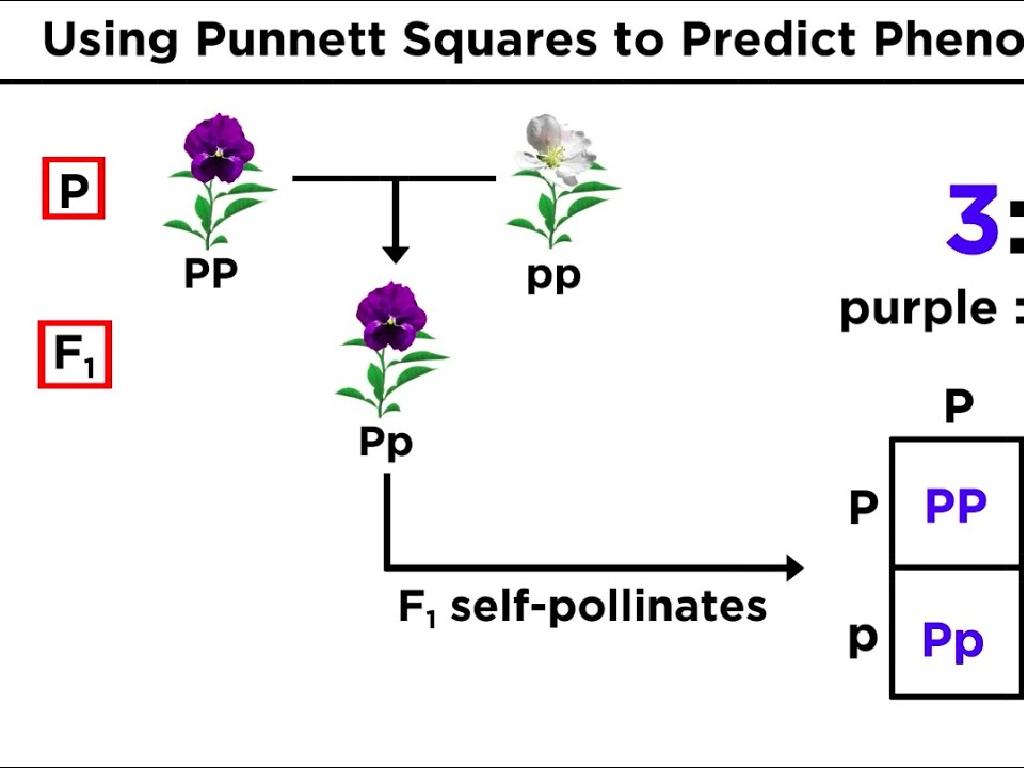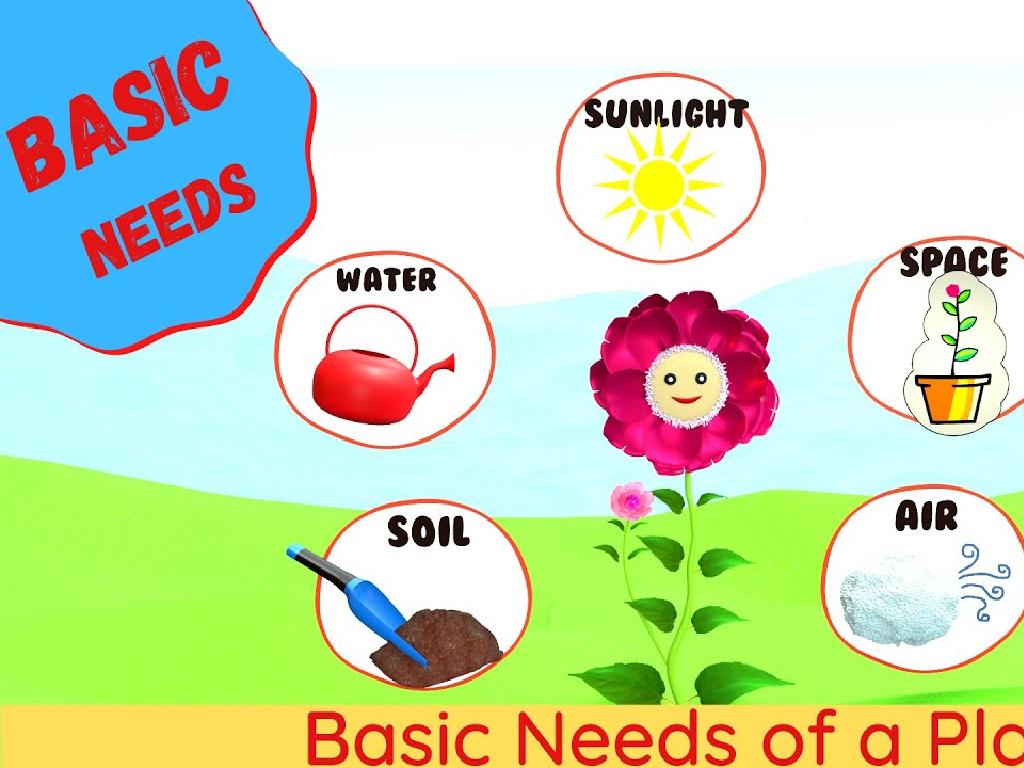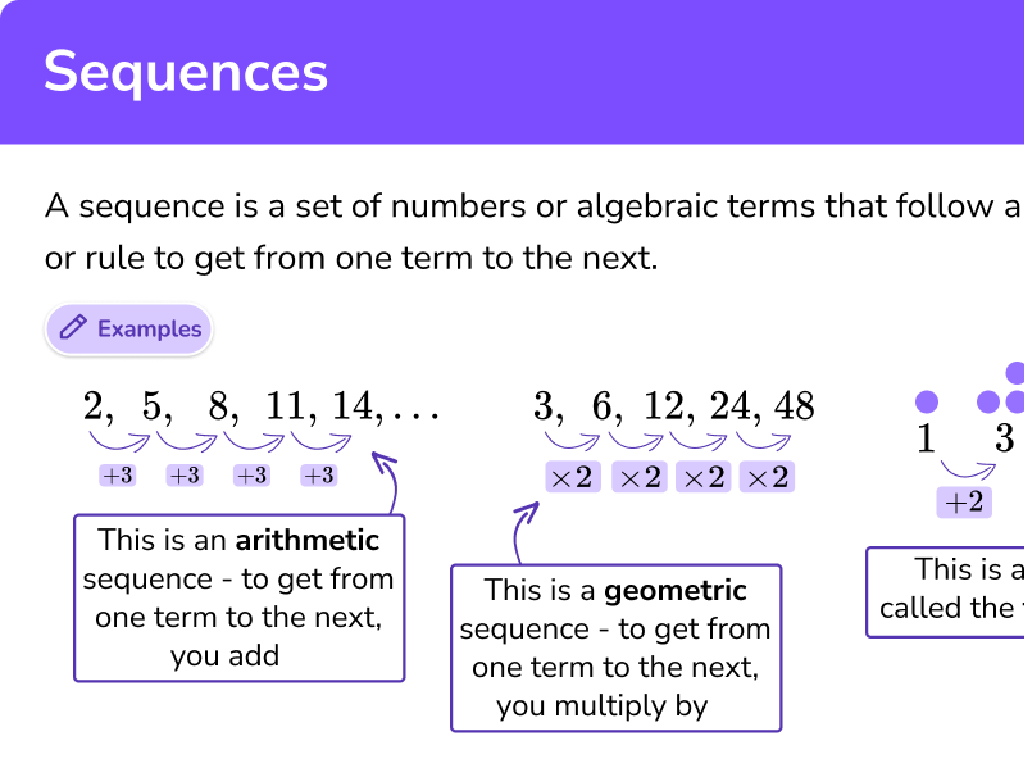Add Doubles
Subject: Math
Grade: Second grade
Topic: Addition Strategies: One Digit
Summary: This second-grade math presentation introduces the "Add Doubles" strategy, helping students quickly add two identical one-digit numbers like 4+4. Through visual aids, interactive games such as Doubles Bingo, and creative art activities, learners master memorizing essential doubles facts. Emphasizing hands-on practice and pattern recognition, this lesson shows how doubles lay the foundation for solving more complex addition problems, building both confidence and math fluency.
Please LOG IN to download the presentation. Access is available to registered users only.
View More Content
Add Doubles: A Fun Addition Strategy!
– Learn a fun way to add numbers
– What does ‘Add Doubles’ mean?
– ‘Add Doubles’ means adding two same numbers, like 4 + 4.
– Making addition easier with doubles
– Using doubles helps us add faster without counting each number.
– Practice ‘Add Doubles’ together
– We’ll try examples like 3 + 3 and 5 + 5 in class!
|
This slide introduces the concept of ‘Add Doubles’ as an addition strategy for second graders. Begin by engaging the students with the idea that adding numbers can be fun. Explain that ‘Add Doubles’ is simply adding two of the same numbers together. Emphasize how this method can simplify the addition process by making it quicker and less reliant on counting one by one. Encourage the students to think of doubles as pairs and relate it to things they are familiar with, like two hands or two eyes. Plan to have interactive activities where students can practice this strategy with various number pairs. Provide plenty of examples and use visual aids like counters or blocks to help them visualize the concept. The goal is to make them comfortable with this strategy so that they can use it to add numbers more efficiently.
Learning to Add Doubles
– What are doubles in addition?
– Doubles are pairs of the same number added.
– Examples of adding doubles
– Like 1+1=2, 2+2=4, and 3+3=6.
– Practice adding doubles together
– We’ll solve some doubles problems as a class.
– Understanding doubles helps in math
|
This slide introduces the concept of doubles in addition, which is a fundamental strategy for second-grade math. Start by explaining that doubles are simply two identical numbers added together. Provide clear examples using small numbers to ensure understanding. Engage the class with interactive practice, asking students to solve doubles problems aloud. Emphasize that mastering doubles can make other math problems easier, as it helps with mental math and understanding number patterns. Encourage students to think of doubles as friends in math that they can count on to make adding easier.
Visualizing Doubles in Addition
– Use visual aids for doubles
– Pictures and blocks show doubling
– Count items in pairs
– Like two apples, two oranges
– Doubles form two equal groups
– Split items into two same-size sets
– Practice with real objects
– Use toys or snacks to make pairs
|
This slide aims to introduce the concept of doubles in addition through visual and tactile learning. By using visual aids such as pictures, blocks, or other objects, students can see the concept of ‘doubling’ in a concrete way. Counting items in pairs helps them understand that doubles are two of the same number added together. Demonstrating how these pairs can be grouped into two equal sets reinforces the idea of symmetry in doubles. Encourage students to practice with real-life objects, such as pairing socks or grouping pencils, to further solidify their understanding. This hands-on approach will help them grasp the concept of doubles as they relate to addition.
Doubles Addition Facts
– Doubles help us add quickly
– Let’s learn doubles together
– Memorizing 1+1, 2+2, etc. makes adding fun!
– Practice time: What’s 4+4?
– Think of having 4 cookies, and getting 4 more
|
This slide is aimed at helping second-grade students understand and memorize doubles addition facts, which is a fundamental strategy for quick and efficient addition. Start by explaining how knowing doubles can speed up the process of adding numbers. Engage the class in a fun memorization activity of doubles facts, using rhythmic repetition or a song to make it stick. For the practice, use visual aids like pictures of cookies to help them visualize the concept of 4+4. Encourage students to use their fingers or objects to count if needed. After the practice, ask students to come up with their own doubles and share with the class. This interactive approach will help solidify their understanding of the concept.
Using Doubles to Add
– Doubles make addition easier
– Knowing 2+2 helps with 2+3
– Example: 5+5 helps solve 5+6
– If 5+5 is 10, then 5+6 is one more: 11
– Practice with various numbers
– Try 3+3 to figure out 3+4
– Doubles as a strategy for addition
|
Understanding doubles is a key strategy in learning addition. It helps students to quickly solve similar math problems. For example, if a student knows that 5+5 equals 10, then they can easily understand that 5+6 is just one more, making it 11. Encourage students to practice this strategy with different numbers to strengthen their mental math skills. During the practice, provide various examples and guide them to use the doubles they know to solve adjacent addition problems. This method builds a foundation for more complex addition and helps in improving their overall number sense.
Games with Doubles: Fun with Math
– Interactive games for doubles
– Play ‘Doubles Bingo’ together
– Bingo game using cards with doubles like 2+2, 3+3, etc.
– Matching games with double facts
– Pair cards with the same sums like 4+4 and 8, 5+5 and 10
– Reinforce doubles knowledge
|
This slide introduces fun and interactive games designed to help second graders reinforce their knowledge of adding doubles. ‘Doubles Bingo’ is a classroom activity where students fill their bingo cards with answers to doubles facts. Matching games involve students flipping cards to find pairs that represent the same double sum, such as a card showing 4+4 and another showing 8. These games make learning math enjoyable and promote quick recall of doubles facts. For the teacher: Prepare bingo cards and matching game sets in advance. Ensure each student understands the rules and the concept of doubles before starting. Rotate between games to keep the activity engaging and cater to different learning styles.
Class Activity: Doubles Art Project
– Create doubles-themed artwork
– Draw objects in pairs
– Each pair represents a double
For example, 2 apples, 4 apples, then 8 apples
– Share art and explain your doubles
|
This activity is designed to help students visualize the concept of ‘doubles’ in a fun and creative way. Provide students with art supplies and instruct them to draw objects in pairs, such as 2 stars, 4 stars, 8 stars, etc. This will help them understand that ‘doubles’ means adding the same number to itself. Once the students have completed their artwork, have them present their art to the class and explain the doubles they used. This will reinforce their understanding and allow them to practice their addition skills. Possible variations of the activity could include using stickers, stamps, or collage materials to create the doubles, or even pairing up with a buddy to create a doubles art piece together.
Conclusion: Mastering Add Doubles
– Recap of ‘Add Doubles’
– We learned to add numbers like 2+2, 4+4
– Importance of knowing doubles
– Doubles help us add faster and are building blocks for other math problems
– Looking forward to new math skills
– Celebrate our ‘Add Doubles’ journey
– Let’s remember our doubles as we prepare for more math fun!
|
As we wrap up, revisit the concept of ‘Add Doubles’ by asking students to recall some of the doubles they’ve learned. Emphasize how knowing doubles by heart can speed up their addition and help with more complex math problems in the future. Encourage them to see this as a stepping stone to more exciting math concepts. Celebrate their progress and build anticipation for the next topic. You can also use this time to assess their understanding by asking them to solve a few doubles addition problems.





